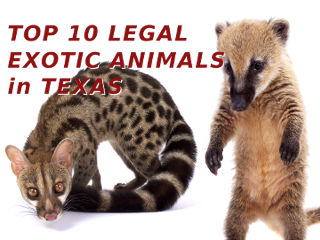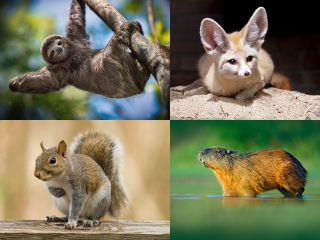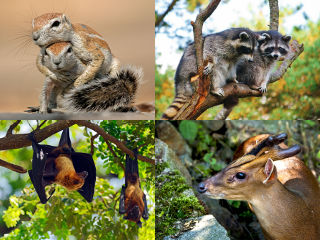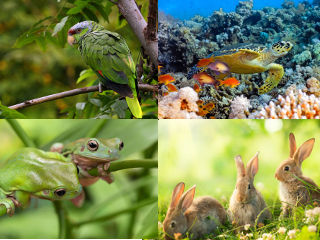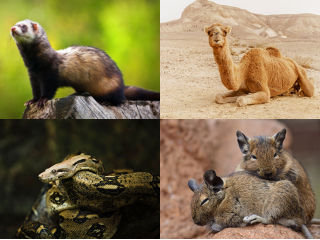The legal ownership of exotic animals in Alaska is regulated by Alaska's Department of Fish and Game. Under Alaska's administrative code, it is illegal to import, possess, or release certain species of exotic animals in the state without a permit. The Department of Fish and Game has the authority to issue permits for the possession of exotic animals for educational, scientific, or exhibition purposes but generally does not issue permits for the possession of exotic animals as pets.
In general, the Alaskan government does not allow the possession of exotic animals that are considered to be dangerous to humans or that pose a risk to native wildlife or the environment. This includes species such as large carnivores (such as lions, tigers, and bears), venomous reptiles, and non-human primates.
However, some exotic animals are legal to own in Alaska without a permit, provided they are not released into the wild. These include certain species of birds, small mammals, and reptiles. It is important to note that local ordinances may have additional restrictions on the ownership of state-approved legal exotic animals, so it is important to check with your local government before acquiring an exotic pet.
Mynah
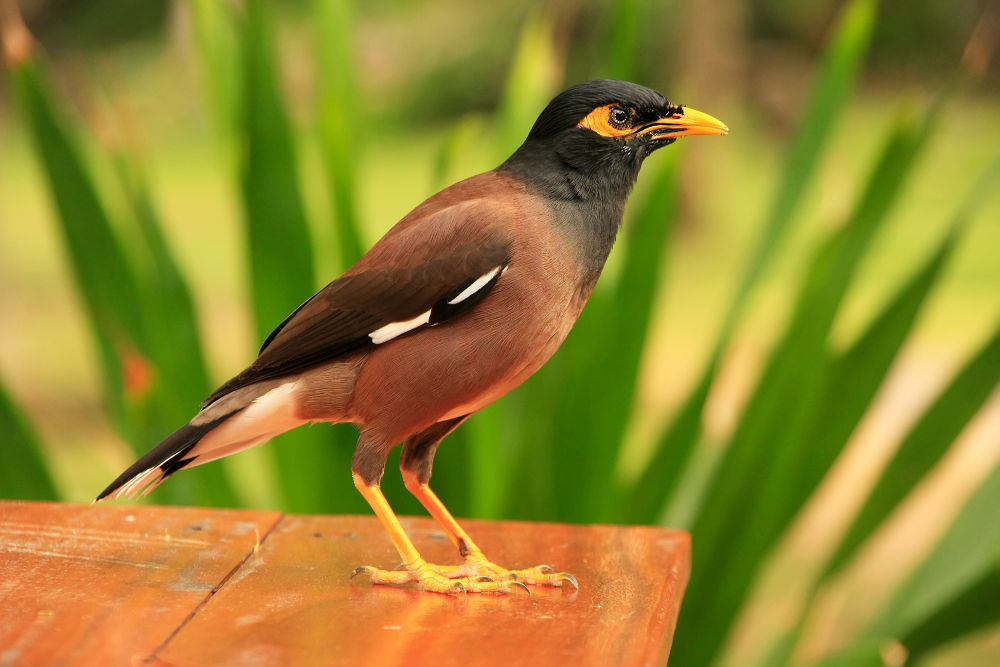
Though not often kept as pets, mynahs, natives to southern Asia, are intelligent and social birds that can make great pets for those who are willing to commit to their care. Mynahs are most well-known for their ability to talk and mimic sounds. As endearing as they may be, it's important to keep in mind that they are exotic birds and require special care and attention.
First and foremost, mynahs need a large cage or aviary to live in, as they are active birds that need plenty of space to move around and exercise. The cage should be equipped with perches, toys, and other forms of stimulation to keep the bird entertained and mentally stimulated. In terms of diet, mynahs require a varied and nutritious diet consisting of seeds, fruits, vegetables, and a small amount of high-quality commercial pellets. It's also important to provide fresh water on a daily basis and to clean the cage regularly to prevent the buildup of harmful bacteria.
Mynahs are social birds and thrive in the company of their owners, so it's important to spend time interacting with them every day. This can include talking to them, training them to do tricks, and providing them with plenty of mental and physical stimulation.
Chinchilla
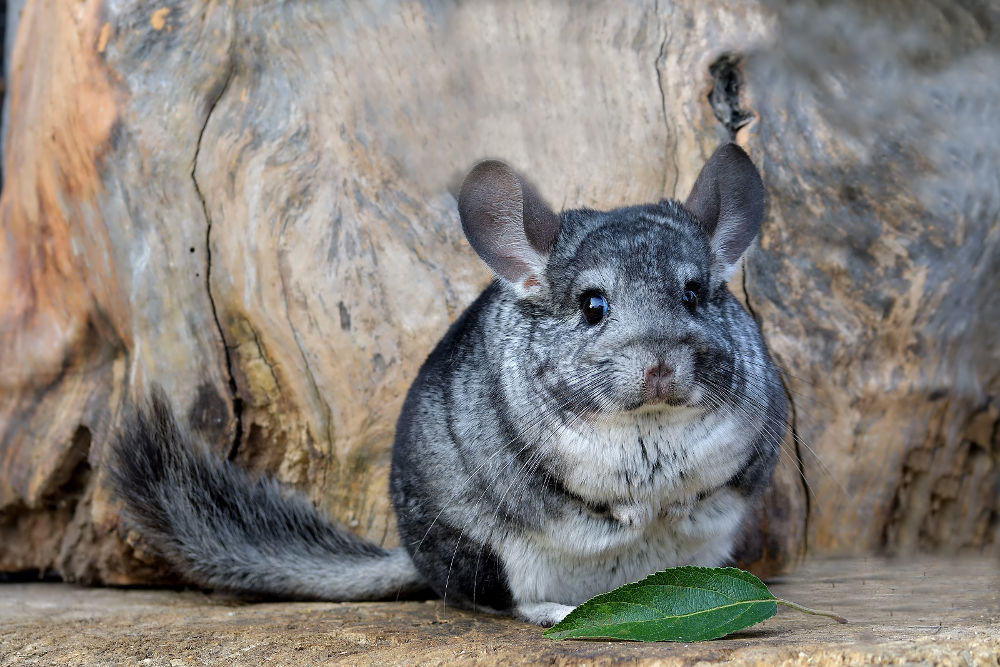
Chinchillas are small, docile rodents native to the Andes Mountains in South America. They have soft, thick fur, and they have become popular as pets in recent years due to their playful and energetic personalities. As pets, chinchillas require a lot of attention and are best suited for owners who have the time and patience to devote to them. They are active animals and need plenty of space to play and exercise, so it is important to provide them with a large cage with plenty of toys and climbing opportunities. Chinchillas are also social animals and do well with a companion, so it is generally recommended to get at least two chinchillas if you are planning on keeping them as pets. In fact, when kept alone, many chinchillas can get quite depressed, so it’s best for them to always have a companion.
Chinchillas are herbivores and require a diet of hay, pellets, and fresh vegetables. They are prone to dental problems, so it is important to provide them with plenty of hay and chew toys to keep their teeth trimmed. Chinchillas also require regular grooming to keep their fur clean and healthy. Chinchillas are quite active and athletic animals, but they do need to be handled gently. While not fragile, chinchillas have bones that are flexible rather. And improperly handling a chinchilla, for example, grabbing the chinchilla around the midsection or abdomen, can cause damage to its vertebrae or internal organs. With proper care, however, Chinchillas have a lifespan of about 10-15 years, so they can be a long-term commitment as pets.
Alpaca

Alpacas are social herd animals that are native to the Andean mountains in South America. They are closely related to llamas and are often kept as livestock for their wool, which is known for its softness and warmth. Alpacas are generally easy to care for and can thrive in a variety of climates, but they do have some specific needs that need to be met in order to keep them healthy and happy. They need a large, secure enclosure with fresh water, a balanced diet, and protection from predators. They also need shelter and regular health checks. They are often kept for their fiber, which is used to make clothing and other products, but they can also make enjoyable and relatively low-maintenance pets. Alpacas are intelligent and curious animals and can be trained to walk on a leash and to be handled. They are generally calm and gentle, and they can live for up to 20 years.
Alpacas are generally known to be gentle and docile animals. They are social animals and tend to be friendly towards humans, especially if they are raised with regular human interaction. Alpacas are intelligent and curious animals and can be trained to walk on a leash and to be handled. They can make great pets for people who are patient and willing to spend time with them.
It's also important to remember that alpacas are prey animals, so they may be startled or fearful if they feel threatened or uncomfortable. It's important to approach alpacas with care and respect and to give them time to get used to you before attempting to touch or handle them.
Gerbil
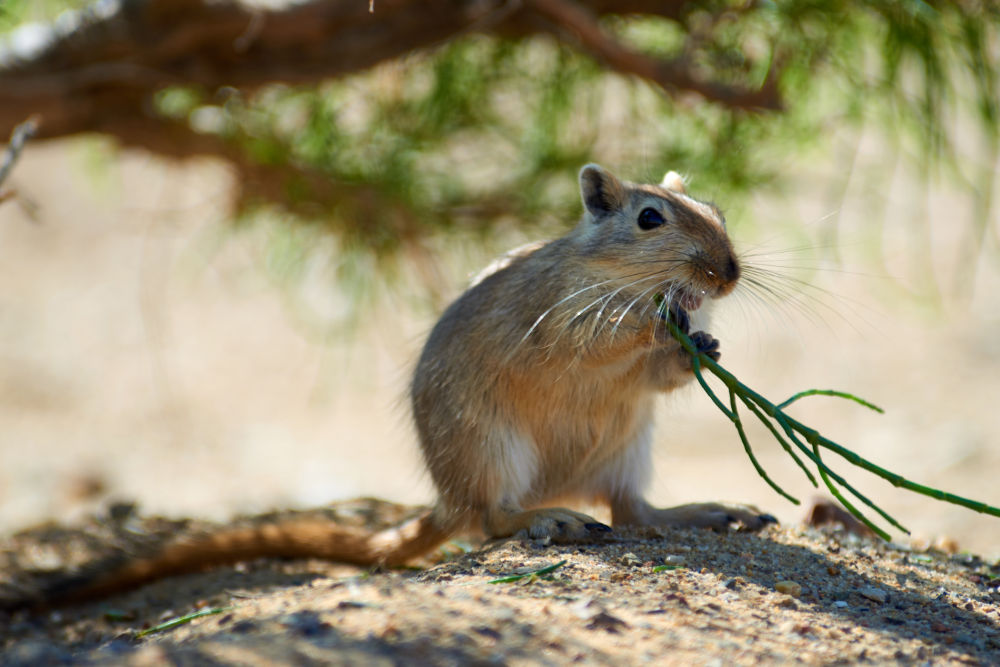
Gerbils are small, social rodents that make great pets. They are generally easy to care for and can be a lot of fun to watch and interact with. They are originally from the desert regions of Africa and Asia, and they are adapted to living in dry, hot environments. This means that they need a cage with good ventilation and should not be kept in humid or damp conditions. Gerbils are active and need plenty of space to play and exercise. A cage with dimensions of at least 24 inches long, 12 inches wide, and 12 inches tall is recommended.
Like many rodents, Gerbils are social animals and should be kept in pairs or small groups. It's important to introduce gerbils to each other slowly and carefully to avoid aggression. They are known for being highly curious and playful animals. They will appreciate having plenty of toys and other items to play with in their cage, including things like tubes, tunnels, and a variety of chew toys.
Gerbils need a varied diet that includes a good quality gerbil pellet, fresh vegetables, and only a small amount of seeds and grains. It's important to avoid giving them sugary or fatty foods. Gerbils are generally easy to handle, but they may be a bit skittish at first. It's important to handle them gently and give them time to get used to being handled.
Ferret
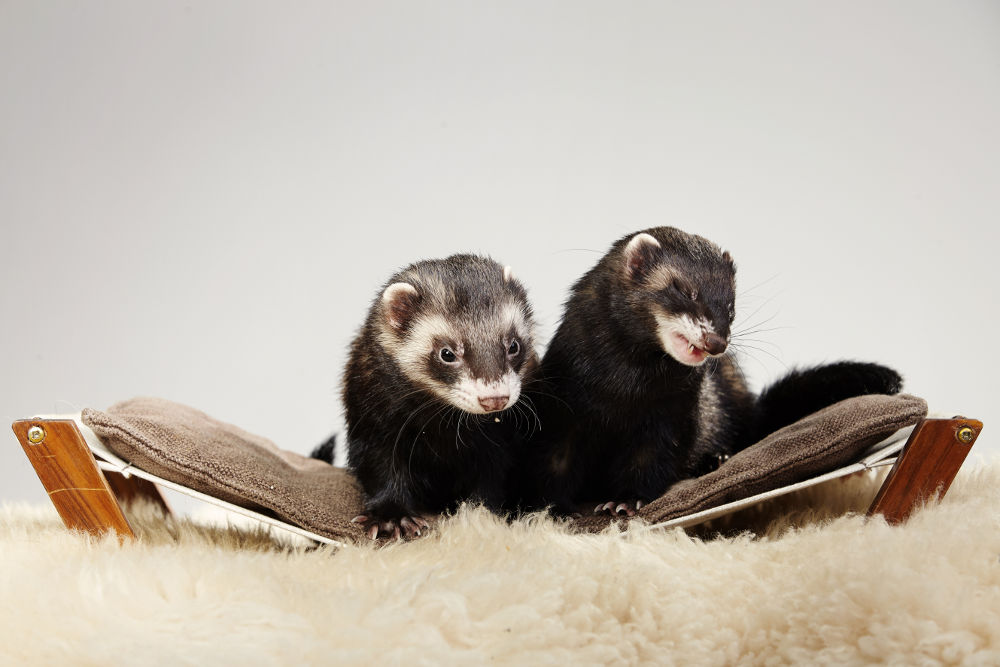
Ferrets are small, carnivorous mammals that belong to the same family as weasels, otters, mink, and martens. They have been domesticated for thousands of years and were originally used for hunting, pest control, and as working animals. Ferrets are known for their agile bodies and ability to squeeze into small spaces, which makes them effective at catching rodents. They have a lifespan of 5-10 years and can sleep for up to 18 hours a day. In terms of personality, ferrets are known for their playful and energetic nature and are often compared to puppies in terms of energy level.
Ferrets can make good pets for some people, but it's important to consider a few key points before deciding if a ferret is the right pet for you. Firstly, ferrets require a lot of time and attention and should not be left alone for long periods of time. They are social animals that need to interact with their owners and play with toys, and they have a high energy level, so they need a large cage or play area to run and play in. Ferrets also have a strong odor that some people find unpleasant, as they have scent glands on their skin that produce a musky smell, and they mark their territory by urinating. This can be managed with regular bathing and cleaning, but it is something to be aware of.
Additionally, ferrets can be mischievous and may chew on household items or get into things they shouldn't, so they need to be supervised and provided with plenty of toys to keep them entertained. It's also important to remember that ferrets are carnivores and require a diet high in animal protein, and they are prone to certain health problems, such as adrenal gland tumors and insulinoma, which may require regular veterinary care. Overall, ferrets can be fun and rewarding pets for people who are willing to devote the time and energy to caring for them properly.
Caiman lizard
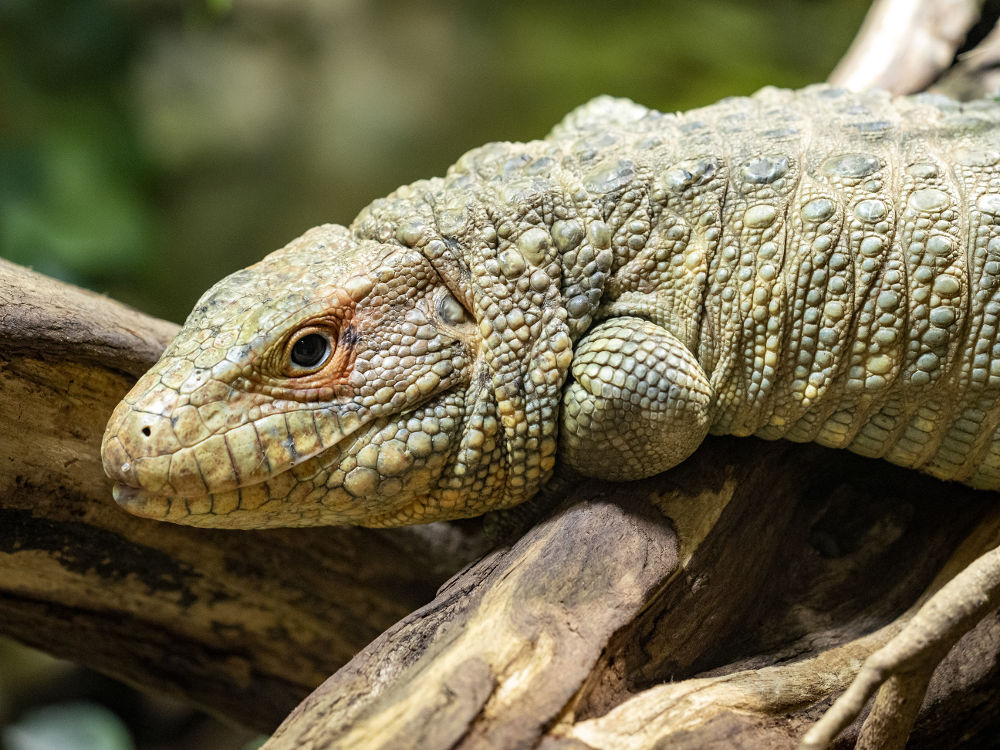
Caiman lizards, also known as spectacled caimans, can make interesting and unique pets, but they are not suitable for everyone. These lizards are native to South America and are closely related to crocodiles, so they have specific care and habitat requirements that can be challenging to meet. Caiman lizards can grow up to five feet long and weigh between eight and twelve pounds. Because of this, they will require a large, secure outdoor enclosure with a pond or pool of water.
Most agree that Caiman lizards aren't inherently aggressive creatures, but it can take a significant amount of time and dedication to get them used to being around humans and being handled. That being said, many owners report that their Caimans are highly intelligent. Caiman lizards often enjoy eating aquatic snails, but they also will eat shrimp, superworms, crickets, and more. They also enjoy fresh fruits like bananas and mangos.
Chinese water dragon
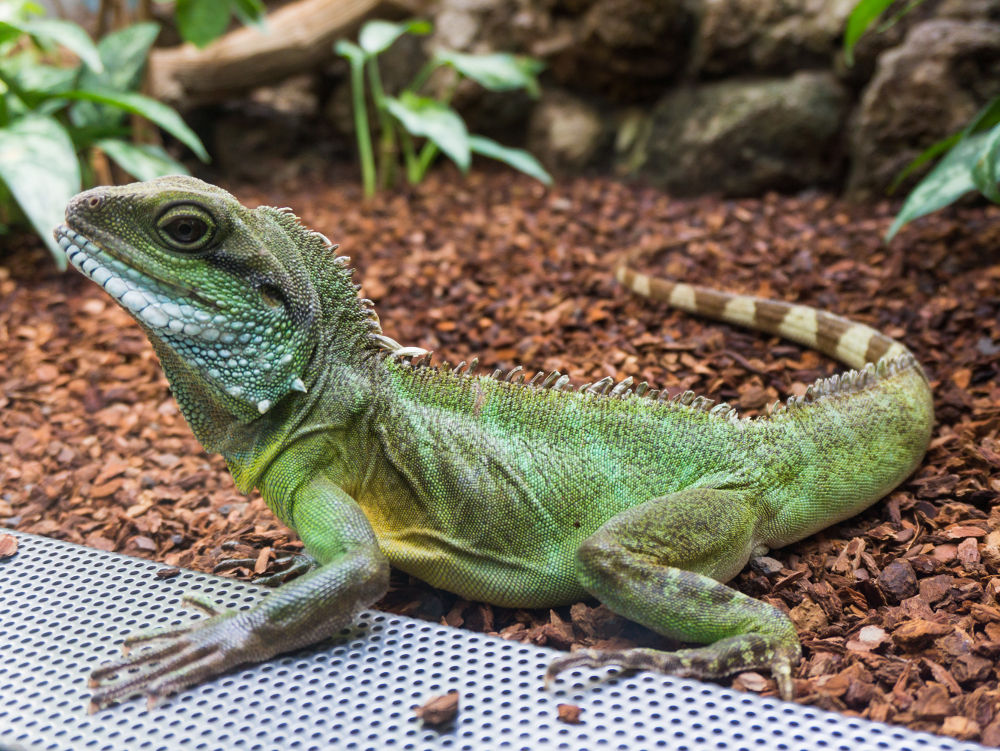
Chinese water dragons can make interesting and rewarding pets, but they do require a significant level of care and attention. These reptiles are native to China and Southeast Asia, and they are known for their energetic and curious nature. If you are considering a Chinese water dragon as a pet, it is important to research and understand its specific care requirements. They require a spacious enclosure with appropriate lighting, temperature, and humidity levels. Chinese water dragons need a varied diet that includes live insects, such as crickets, mealworms, and waxworms, as well as leafy greens and vegetables. It is important to dust their food with a calcium supplement to help ensure they are getting the nutrients they need. In addition to their physical needs, it is important to consider the time and commitment required to care for a Chinese water dragon. They require regular handling and socialization to stay happy and healthy.
Some of the more common health concerns they may face are concerns like respiratory infections, parasites, and calcium deficiencies. It is important to keep a close eye on their health and seek medical attention if you notice any changes in their behavior or appearance. That being said, Owning a Chinese water dragon can be expensive, as they require a significant investment in equipment and supplies, such as an enclosure, heat lamps, UVB lights, and food. In addition, they may require regular visits to a reptile-specific veterinarian, which can add to the cost of ownership. However, they can live for up to 15 years with daily attention and care.
Macaw

Macaws can make good pets, but they are very large, intelligent, and high-maintenance birds. They require a lot of attention, socialization, and mental and physical stimulation. Macaws are a type of large, colorful parrot native to Central and South America. There are many different species of macaws, including the hyacinth macaw, blue-and-gold macaw, and scarlet macaw. They are known for their bright, colorful feathers and their ability to mimic human speech.
Macaws are known for their strong bonds with their owners and can be affectionate and loyal pets. However, they can also be territorial and may become aggressive if they feel threatened. It is important for owners to establish clear boundaries and establish a trusting and respectful relationship with their macaws. Macaws have strong beaks and need regular beak trimming and nail trimming to maintain good health. They also require regular health check-ups and may need specific medical care for any health issues that may arise. Macaws are considered to be intelligent birds, and their intelligence is reflected in their ability to learn and perform various behaviors and tasks. For example, some macaws are able to mimic human speech and can learn to understand and respond to certain words and phrases. They are also able to solve problems, such as finding ways to access food or toys that are out of reach.
Macaws are social birds and need regular interaction and stimulation to thrive. In the wild, macaws are known for their ability to use tools, such as sticks, to extract food from trees or other sources. They are also able to adapt to new environments and learn new behaviors in order to survive.
Cockatiel
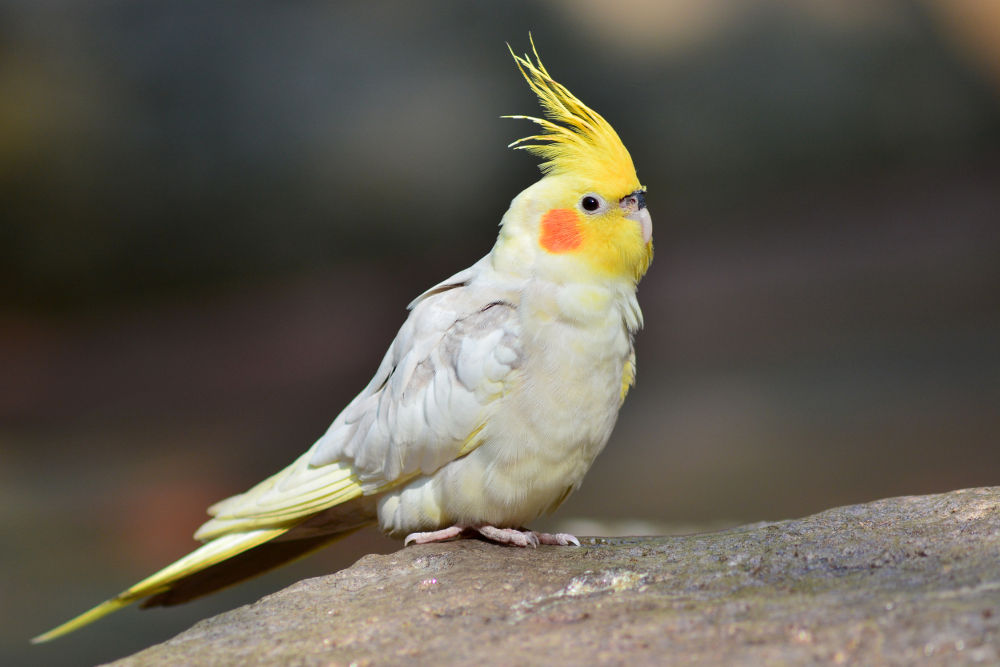
Cockatiels can make great pets for those who are looking for a smaller and less demanding alternative to a larger parrot. They are intelligent, social animals that enjoy interacting with their human companions and can be quite affectionate. Cockatiels are known for their ability to mimic sounds and can even learn to mimic words, although their vocal abilities are not as extensive as those of some larger parrots.
Cockatiels are native to Australia and are a member of the parrot family. They are smaller than many other parrot species and have a distinctive crest of feathers on the top of their head that they can raise or lower depending on their mood. Cockatiels are known for their pleasant whistling and are often kept as pets because of their sweet, cheerful personality.
There are a few different varieties of cockatiels that are commonly kept as pets. The most common is the Normal Grey, which is what most people think of when they think of a cockatiel. These birds have gray bodies, yellow faces, and orange cheek patches. There are several other varieties of cockatiels that are commonly kept as pets, including Normal Grey, Pied, Lutino, Pearl, Cinnamon, Albino, and Whitefaced. There are also several other less common color mutations, including Fallow, Yellow, and Silver. Some of these color mutations may have certain health issues or may be more prone to certain genetic defects due to selective breeding. They are intelligent and can be trained to do simple tricks, such as stepping up onto a finger or playing with toys.
Cockatiels have a lifespan of around 15-20 years, although some individuals have been known to live longer.
Hedgehog
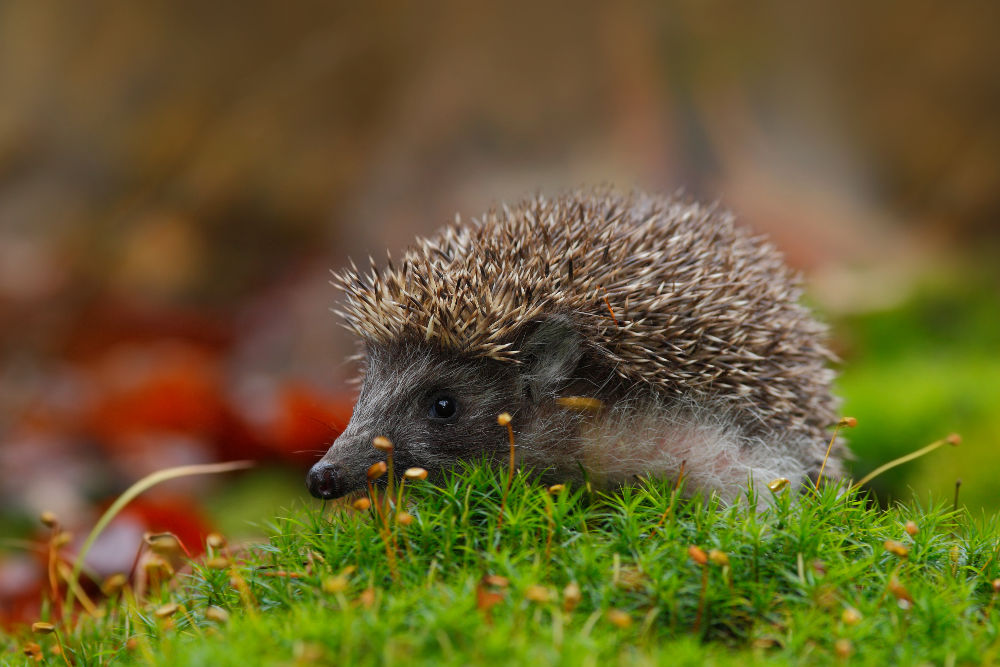
Hedgehogs are small, spiny mammals native to Africa and Europe. They are known for their distinctive appearance, with a round body covered in sharp spines or quills. Hedgehogs are known for their distinctive spines or quills, which are actually modified hairs made up of keratin. They use their spines to defend themselves against predators and as a form of camouflage when they curl up into a ball.
They are generally about the size of a small cat, measuring about 6-9 inches in length and weighing about 1-2 pounds. Hedgehogs are carnivorous, and their diet in the wild consists of insects, snails, and other small animals. In captivity, hedgehogs can be fed commercial hedgehog food as well as insects, such as crickets, mealworms, and waxworms, and a small number of vegetables. It is important to provide a balanced diet to ensure that your hedgehog gets all of the nutrients it needs.
Hedgehogs are nocturnal animals, which means they are most active at night. They are generally timid and solitary animals, so they may not be the best choice for families with young children or those looking for a more interactive pet. Hedgehogs can make good pets for people who are willing to provide the appropriate care and meet their needs, including a large enough cage, a suitable diet, and regular handling and socialization.
In some cultures, hedgehogs are considered symbols of good luck and are thought to bring prosperity to the home. In the ancient Egyptian civilization, hedgehogs were kept as pets and were believed to have medicinal properties.
Things to remember
Before adopting an exotic animal as a pet, consider legal requirements, care, and maintenance needs, the animal's lifespan and commitment required, as well as financial costs not only upfront but throughout the animal's life. While an animal may be legal by Alaska state standards, some local governments, like cities and counties, may have different laws and regulations in place.
Also, consider if you have the knowledge necessary to own one of these special animals. For animals like dogs and cats, there are numerous reliable resources out there where we can teach ourselves how to properly care for them. However, for many exotic animals, this information is not so abundant, and you may have to find other ways to reach out for guidance.
And, of course, don't forget to consider whether or not a certain animal is the right fit for you. While these are all incredible animals, they don't necessarily fit all lifestyles and people.
Conclusion
In conclusion, owning unique animals can provide a number of benefits to their owners. These animals can provide companionship, entertainment, and a sense of purpose to their owners. In addition, owning unique animals can also help to educate and inspire others, as these animals can serve as ambassadors for their species and help to promote conservation and understanding of the natural world. However, it is important to carefully consider the responsibilities and risks associated with owning unique animals and to ensure that they are properly cared for and treated with respect.
FAQ
What animals do Alaska have?
Alaska is home to a diverse array of wildlife due to its vast size and varied ecosystems, including mountains, forests, tundra, and coastal areas. Some of the most notable animals found in Alaska are:
Brown bears (grizzly bears): The Alaskan brown bear is one of the largest subspecies of brown bears and can be found in various regions of Alaska.
Black bears: Smaller than brown bears, black bears inhabit forests and wooded areas across Alaska.
Polar bears: Found primarily along the Arctic coast and on the sea ice, polar bears are a symbol of Alaska's Arctic region.
Moose: The largest member of the deer family, moose can be found throughout Alaska in forests, wetlands, and river valleys.
Caribou: Caribou (also known as reindeer) inhabit the tundra and subarctic regions of Alaska and are well-adapted to their cold environment.
Dall sheep: These white mountain sheep inhabit the rugged mountain terrain of Alaska, including the Alaska Range, Chugach Mountains, and Wrangell Mountains.
Gray wolves: Wolves can be found in many parts of Alaska, inhabiting forests, tundra, and coastal areas.
Arctic foxes: Adapted to live in the Arctic region, Arctic foxes can be found in Alaska's northern coastal areas and tundra.
Red foxes: More widespread than the Arctic fox, the red fox can be found throughout Alaska in a variety of habitats, including forests and open tundra.
Bald eagles: As a symbol of the United States, bald eagles are plentiful in Alaska, especially near water sources where they can find fish.
Sea otters: Common along Alaska's coastlines, sea otters are important members of the marine ecosystem.
Stellar sea lions: These large marine mammals can be found along Alaska's coastlines and are known for their loud vocalizations.
Humpback whales: During the summer months, humpback whales migrate to Alaska's coastal waters to feed on the abundant krill and small fish.
Orcas (killer whales): These iconic marine mammals can be found in Alaska's coastal waters, where they hunt for fish and marine mammals.
How many animals are in Alaska?
It's difficult to provide an exact number of animal species in Alaska, as the state is home to a wide variety of ecosystems and habitats that support countless species. Alaska has a diverse array of mammals, birds, fish, reptiles, amphibians, and invertebrates.
Some estimates suggest that there are around 110 species of mammals, 430 species of birds (including both resident and migratory species), and around 150 species of fish that inhabit Alaska. However, these numbers are approximate and may change over time due to factors such as climate change, habitat loss, and species migration.
What animals are legal to hunt in Alaska?
In Alaska, hunting is regulated by the Alaska Department of Fish and Game (ADFG).
Big game species:
Moose,
Caribou,
Brown bear (grizzly bear),
Black bear,
Dall sheep,
Mountain goat,
Bison,
Muskox (limited availability and specific hunts),
Sitka black-tailed deer (mainly in Southeast Alaska),
Elk (on some islands in Southeast Alaska),
Small game species:
Snowshoe hare,
Arctic hare,
Ptarmigan (willow, rock, and white-tailed),
Grouse (spruce, ruffed, and sharp-tailed),
Alaska hare (only on specific islands in Southeast Alaska),
Furbearers (trapping and hunting seasons vary):
Beaver,
Coyote,
Red fox,
Arctic fox,
Lynx,
Marten,
Mink,
River otter,
Wolverine,
Weasel,
Muskkrat,
Waterfowl and migratory birds (subject to federal and state regulations):
Ducks,
Geese,
Swans,
Sandhill cranes,
Snipe,
Various shorebirds,

